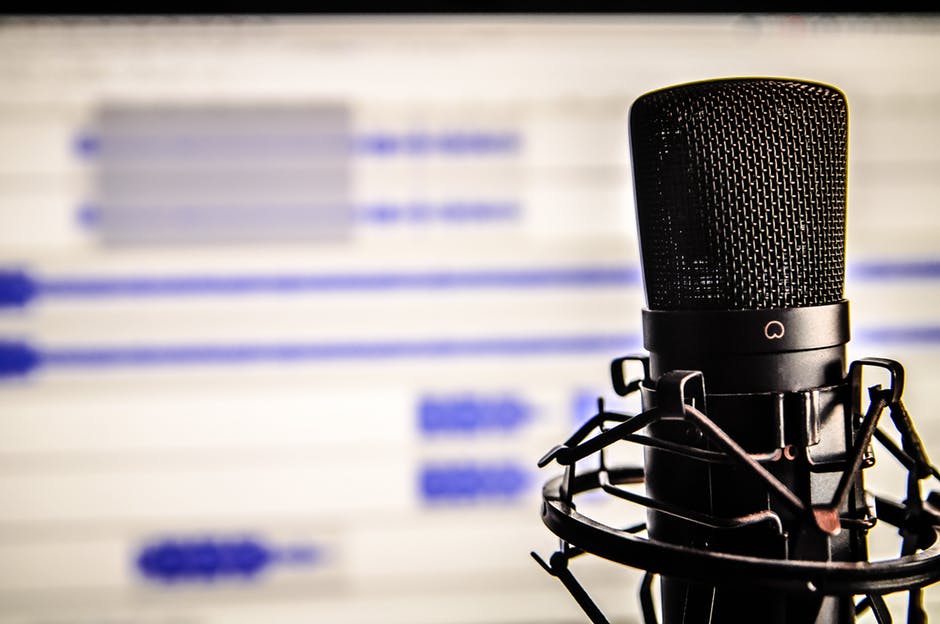
reportedly paid over $2 million for the Joe Rogan podcast. That should give you an idea of how valuable the podcasting market is.
Your podcast idea might not be worth hundreds of millions but even a fraction of that would be plenty for most people. Let’s look at how to start up a podcast of your own.
1. Choose a Topic for Your Podcast
Before you buy any equipment or record your first episode, you need to know what you’re going to podcast about. Pick a topic that’s fairly specific but has enough interest to provide a decent-sized listenership.
2. Decide on a Format
Once you have a topic in mind, think about what kind of format you’re going to use.
Will you interview different guests on every episode? Will you have a regular co-host every week? Or maybe you want to go solo? You can always mix and match different options — just have a plan before you get started.
3. Get Your Branding Figured Out
Podcasts are like books — you can’t always judge a podcast by its cover art. But when people are browsing through a podcast directory, the cover art is what they’ll notice.
When you’re starting a podcast, pick a catchy, memorable name and have your cover art designed by a professional. While they’re at it, get them to create a podcast logo and other marketing collateral so you have a consistent look for your website, emails, etc.
4. Get Some Decent Podcast Equipment
Contrary to popular belief, you don’t need to spend thousands of dollars on microphones, mixers, headphones, and other audio gear to make a podcast. You can get a good podcasting recording setup for $100 to $200.
You should spend a bit of money on equipment though. The built-in microphone and speakers on most computers aren’t good enough for professional audio. If your podcast doesn’t sound good, you’ll lose a lot of listeners before they give your show a chance.
5. Record Your First Episode
Once you’ve got your equipment, it’s time to record your first episode. This lets you give everything a test run and figure out your podcasting workflow a bit.
Don’t worry if your first episode isn’t perfect. Go back and listen to the first episode of one of your favorite podcasts — it might surprise you how raw most of them sound.
6. Choose a Podcast Host
Once you’ve got your first episode in the can, you need to decide where you’re going to host it. You can use a service like Podbean or Buzzsrpout or you can host your own files.
Be sure you choose with the future in mind. The cheapest (or free) host isn’t always the best once your podcast starts to get popular. If you’re not sure what your needs will be, podcast agencies can offer some good advice.
7. Launch Your New Podcast
When you’ve uploaded the first episode to your host and your podcast website is live, it’s time to launch.
Get the word out however you can. Some effective options include:
- Advertising on other related podcasts
- Using Google Ads and Facebook Ads
- Press releases
- Post in topic-related forums
Don’t be shy about promoting your new podcast. The more people you tell, the more likely it will be to get mentioned somewhere that drives a lot of new listeners.
How to Start Up a Podcast — It Isn’t Complicated
Knowing how to start up a podcast might seem daunting but when you break it down into these 7 steps, it’s not that complicated. The hardest part is coming up with your idea in the first place.
Check out the Business section of our site for more helpful articles about promoting your business.

Leave a Reply